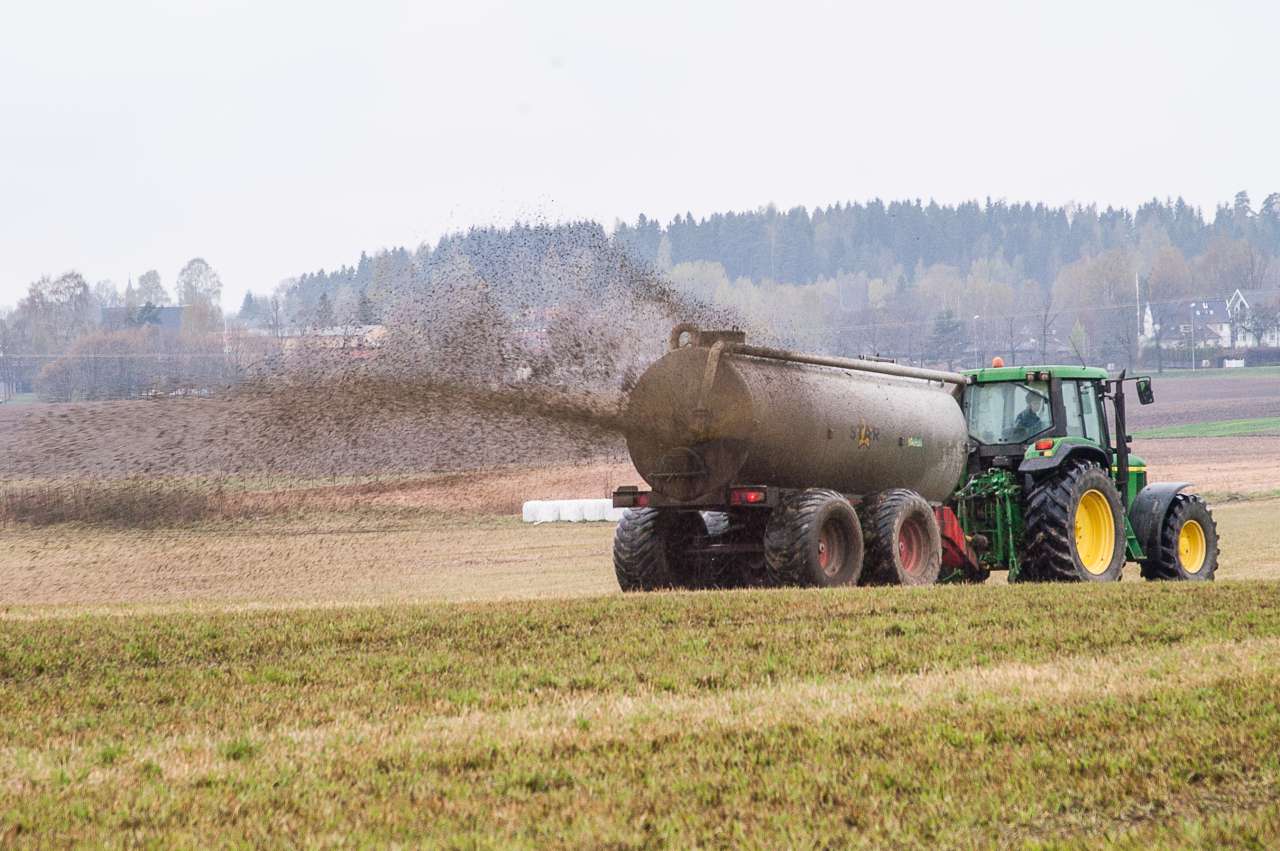Manure is worth its weight in gold

Photo: Erling Fløistad
"Farmer's gold" emits greenhouse gases and pollutes waterways. But it also recycles nutrients already present in agriculture, making it circular economy at its best. We just need to know how to use it most efficiently.
Manure contains a variety of nutrients, but not all are readily available to plants. For decades, research has looked into nutrient utilisation in manure, yet scientists believe we still need more knowledge.
"Conditions are changing, so we must constantly update our knowledge. Farms are getting larger. The amount of nutrients added to farms via feed concentrates and fertiliser is changing. The climate is shifting, with more rainfall and milder winters. Additionally, technology keeps developing. New spreading methods and manure treatments, such as biogas production, are emerging," explains researcher Åsmund Kvifte.
In Norwegian agriculture, nitrogen is the most important nutrient for achieving high yields. Around half of the nitrogen in manure is inorganic and directly available to plants, but it can evaporate as gas. Early spreading can significantly reduce these losses. Diluting manure with water to help it penetrate soil faster or using band spreaders can also help. Spreading in sunny, windy conditions increases losses.
The other half of the nitrogen in manure is in organic molecules, rarely directly available to plants. This nitrogen can build a reserve in the soil, requiring microbes to break down the complex molecules. Microbial activity increases with higher soil temperatures and sufficient moisture. However, excessive water blocks nutrient release and uptake.
"The better we can utilise manure, the less artificial fertiliser we need, and the less nitrogen ends up as pollution instead of plant nourishment," Kvifte concludes.
Contacts

Purpose
A new fertiliser regulation from 2024 sets stricter limits on how much livestock manure farmers can use each year. Updated knowledge and methods for managing livestock manure are needed.
Contacts

